Audi A5 e-Hybrid: A Compelling Premium Hybrid Performer?
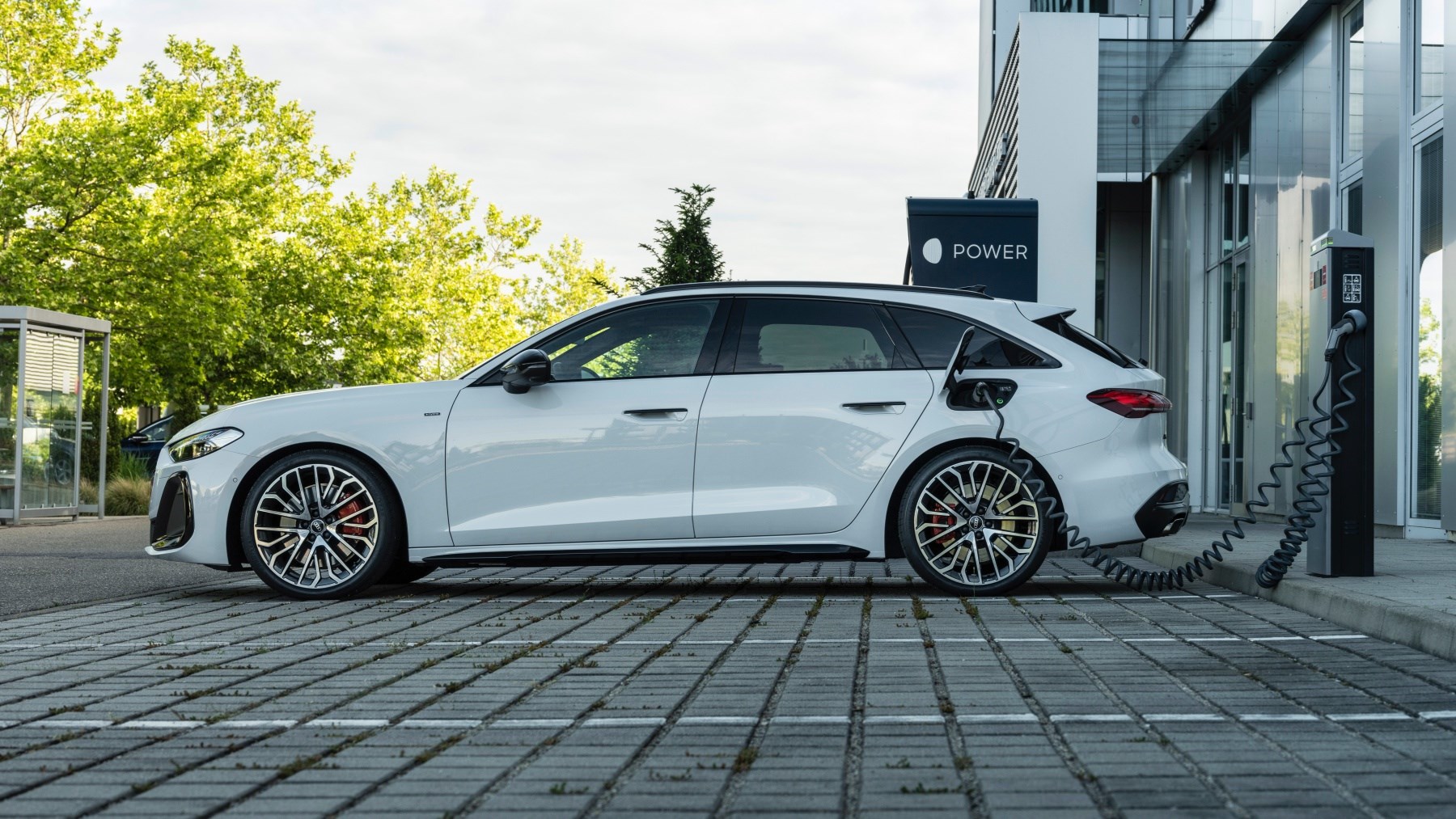
A plug-in hybrid (PHEV) powertrain was noticeably absent from the Audi A4, a gap the Audi A5 e-hybrid aims to fill. The A5 Sportback and Avant have now replaced the A4 as Audi’s compact executive choice. This e-hybrid model promises exciting performance with enhanced efficiency. Let’s dive deeper into this review after a firsthand experience with a German-spec unit in Ingolstadt.
At a Glance:Pros: Refined hybrid system, strong acceleration, fun can be had.
Cons: Pokey boot, not as plush as the old A4 inside, so close to being in the 6% BIK bracket.
The Electrified Core: Unpacking the Hybrid Powertrain
Having previously discussed Audi’s Premium Platform Combustion (PPC) in the review of the regular ICE A5, our focus here shifts to the hybrid system. The Audi A5 e-hybrid utilizes a 2.0-liter four-cylinder petrol engine paired with a substantial electric motor, drawing power from a battery pack located beneath the boot floor. All A5 e-hybrids are equipped with a seven-speed dual-clutch automatic gearbox that seamlessly integrates the e-motor. This configuration ensures quattro four-wheel drive, even when operating in all-electric mode.
Power & Range: How Far Can It Take You?
It becomes clear why the A5 e-hybrid is exclusively quattro. The 2.0-liter turbo engine alone generates 249bhp, with the electric motor contributing an additional 140bhp. Together, they can produce a maximum of 295bhp, with the system’s 331 lb ft of torque available instantly from idle. The new battery pack is only slightly larger and 23kg heavier than its predecessor in the old A6 PHEV, yet it boasts approximately 45% more usable capacity at 20.7kWh. Interestingly, Audi strategically uses a few kWh from the pack’s total 25.9kWh capacity not for extended EV range, but to guarantee the full 295bhp output, even when the battery is technically “flat”. While an even more powerful PHEV variant is available in Europe, it’s not destined for the UK market. Nevertheless, the 295bhp version we receive with right-hand drive still achieves 0-62mph in a respectable 5.9 seconds and has an electronically limited top speed of 155mph. Charging speed has also seen an upgrade, from 7.4kW to 11kW, though a three-phase supply is required to achieve the rapid two-and-a-half-hour charge times.
As anticipated, boot space experiences a reduction compared to the ICE A5. While it appears adequate initially, with the floor sitting level with the loading lip, the ICE A5 offers the flexibility to lower the floor by around 10cm. This design leads to a boot capacity of just 361 liters for the Avant and 331 liters for the saloon.
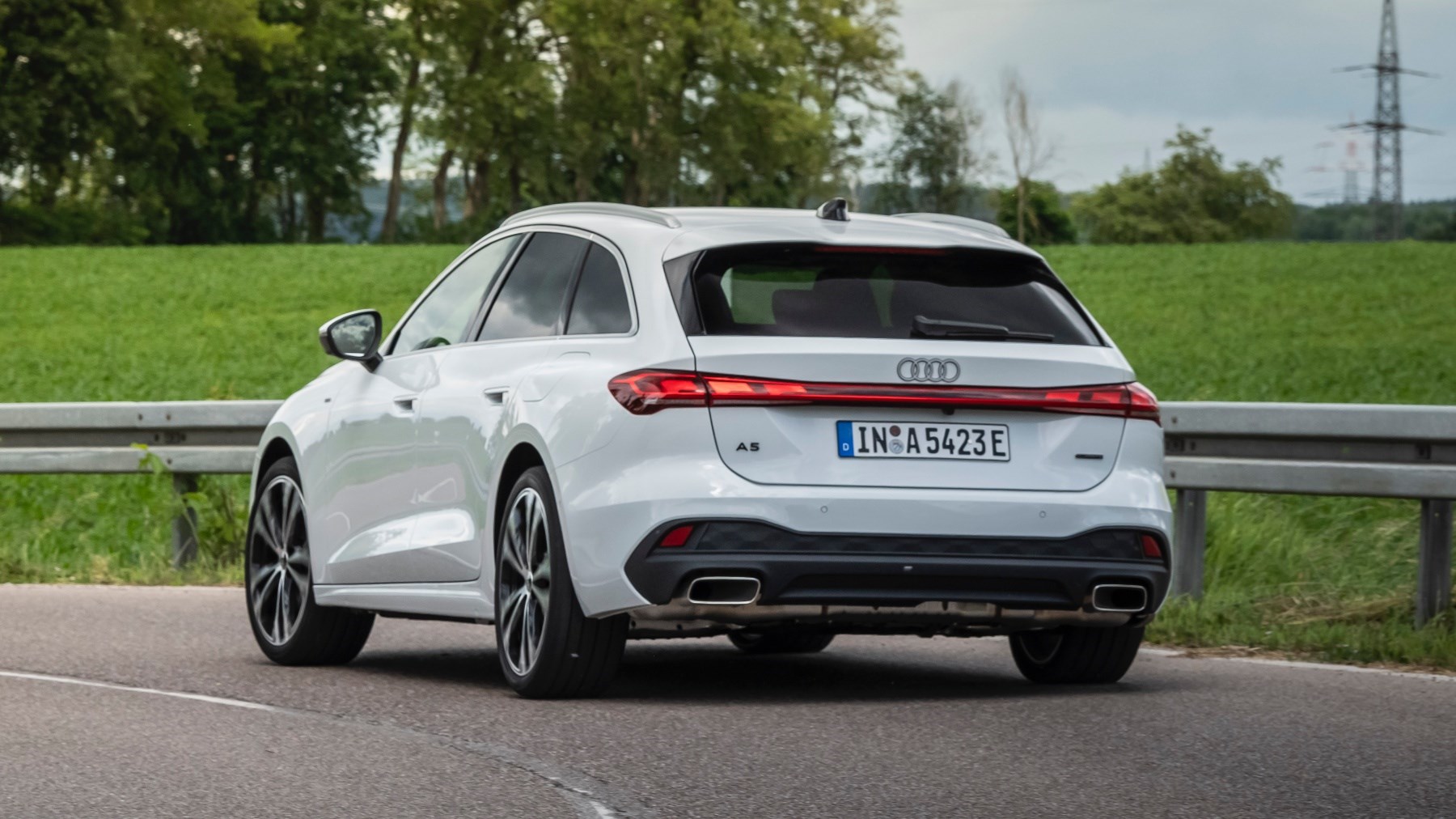
On the Road: Driving Dynamics & Ride Comfort
It’s important to note a caveat regarding these driving impressions – I’ve only tested A5 models equipped with adaptive dampers, which are currently unavailable in the UK. As tested, both the A5 Avant and Sportback felt slightly floaty in Comfort mode, which led me to primarily favor Balanced and Dynamic modes. If the standard fixed dampers in UK-spec cars are tuned to be around the Balanced point of the adaptive setup, they should perform quite well. There’s a BMW-esque tautness to the body control that handles undulating A and B roads effectively. However, you’ll likely want to steer clear of potholes if you’ve opted for the largest 20-inch wheels. Similar to the dampers, the steering feels a bit loose in Comfort mode, lacking sufficient off-center resistance for high-speed autobahn driving. However, switching to a less relaxed drive mode adds the desired weight. While some Audi critics might suggest otherwise, the rack isn’t entirely mute, though any feel and feedback is heavily filtered.
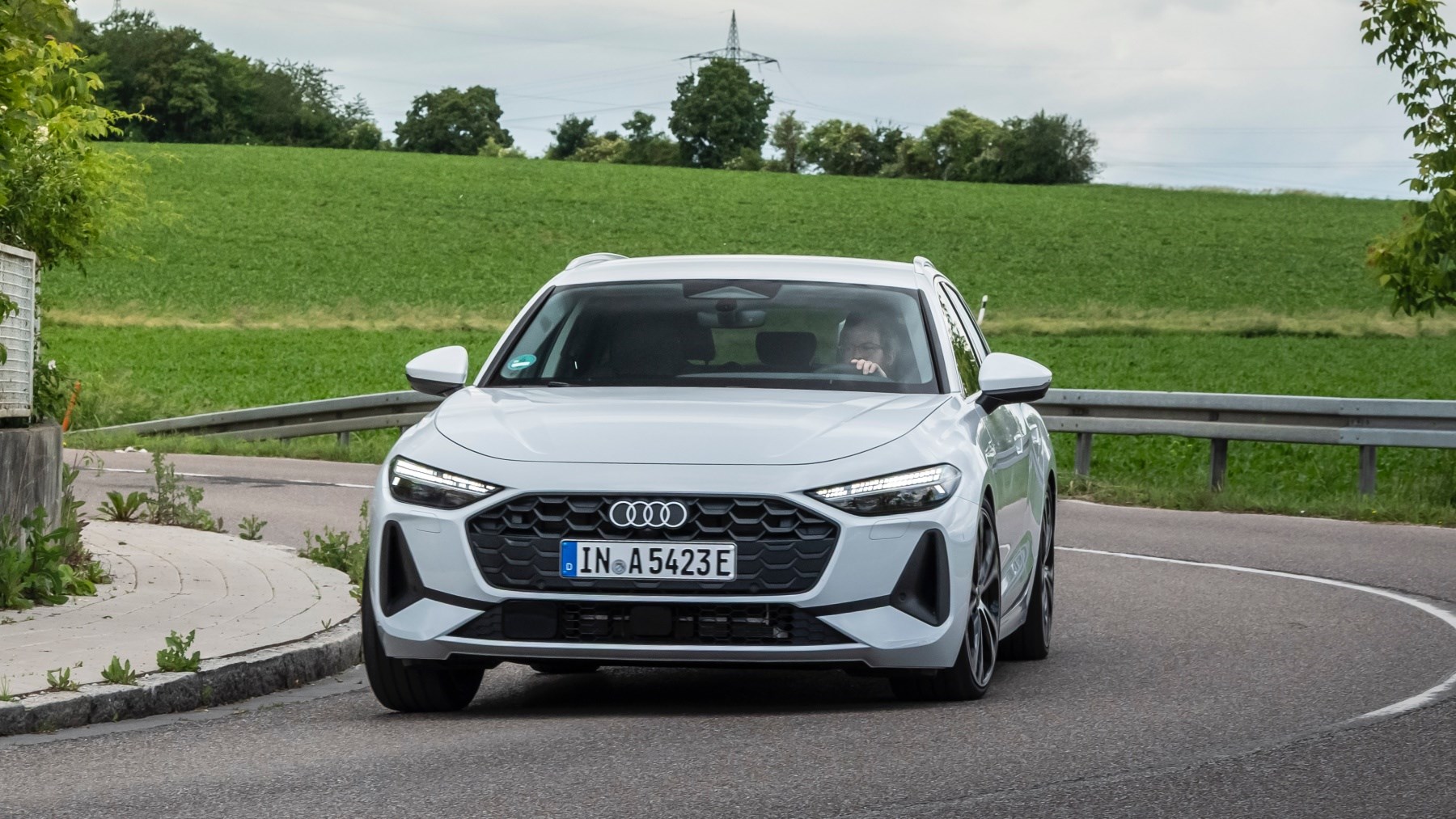
Despite these nuances, the car can certainly be fun to drive. Grip levels are high, and body roll is minimal, allowing for brisk progress. A brief downpour provided an opportunity for further testing, with the four-wheel drive system readily sending a significant amount of torque to the rear axle. While you won’t be drifting like a BMW 330e, you’ll feel far more engaged than you might expect. The punchy powertrain further enhances this experience. If you’re running on electric power, the engine quickly fires up and provides propulsion, while flicking the gearbox into ‘S’ will start the engine regardless of the chosen mode. With both power sources working in harmony, performance is brisk, and in e-mode, there’s ample power to easily keep pace with traffic up to 87mph. Regenerative braking can be set to auto, leveraging satellite navigation and radar sensors to appropriately slow the car. Alternatively, you can use the steering wheel-mounted paddles to adjust the regen in three distinct steps. Overall, this is a quiet, composed vehicle when not pushed, and it should prove to be an effortless companion for company car drivers.
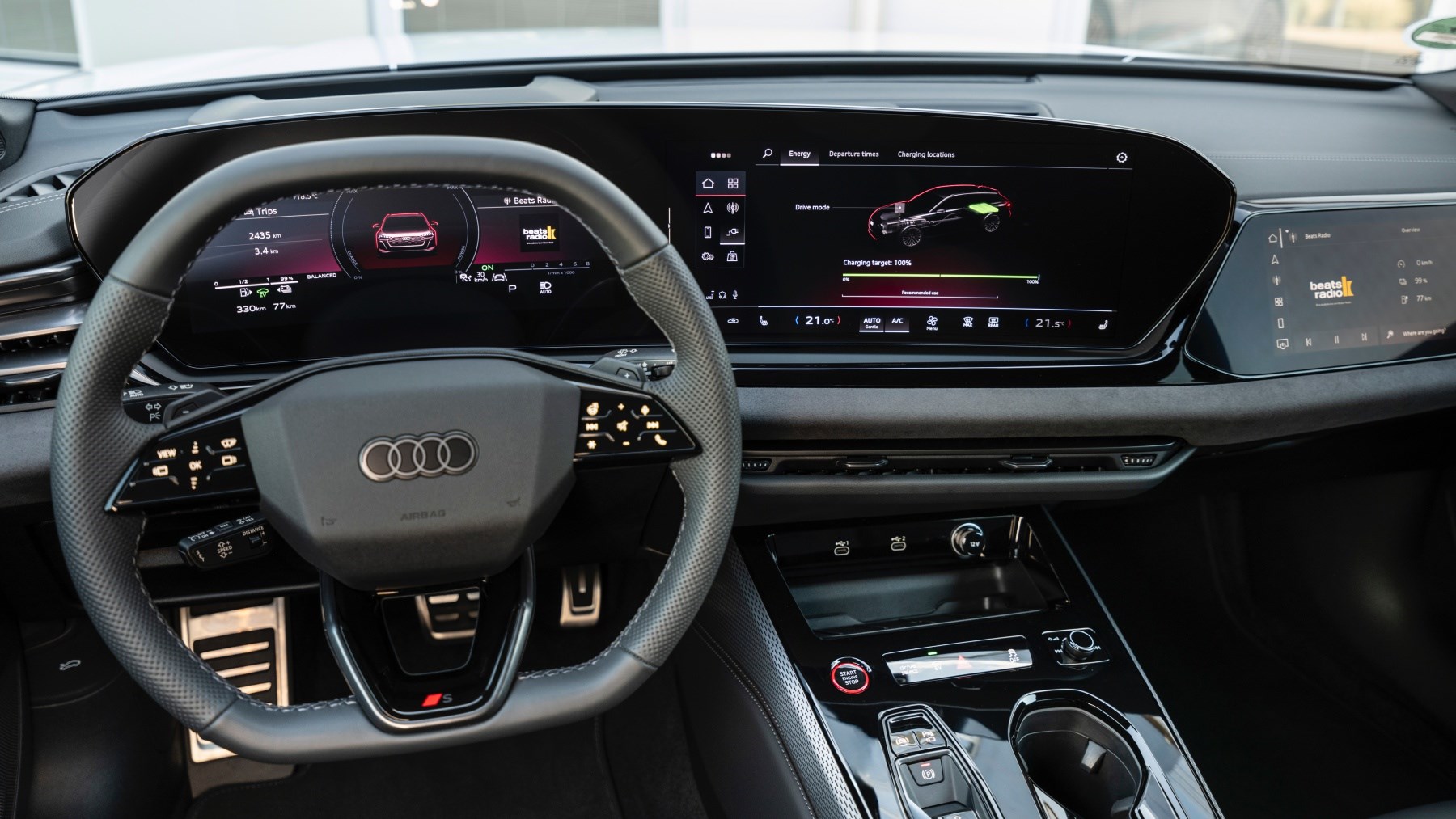
Stepping Inside: Technology & Comfort
The interior largely mirrors that of a regular A5 Avant or Sportback, albeit with reduced boot space and the inclusion of hybrid-specific displays and controls. All models feature the latest generation of Audi’s Virtual Cockpit digital dials, which are sharper and more customizable than ever, along with a large touchscreen infotainment system angled towards the driver. A third, smaller display is available for the passenger, though I was disappointed to find I couldn’t operate Android Auto through it. Hopes of playing DJ were reduced to merely having my own skip button, although I’m sure a Spotify app is available for download. The third screen was certainly useful for confirming directions for the driver, however. Front cabin space is good, with the rear being typical for the class. Six-footers will find sufficient room without being able to lounge, and it’s worth noting the Avant offers slightly more headroom than the Sportback.
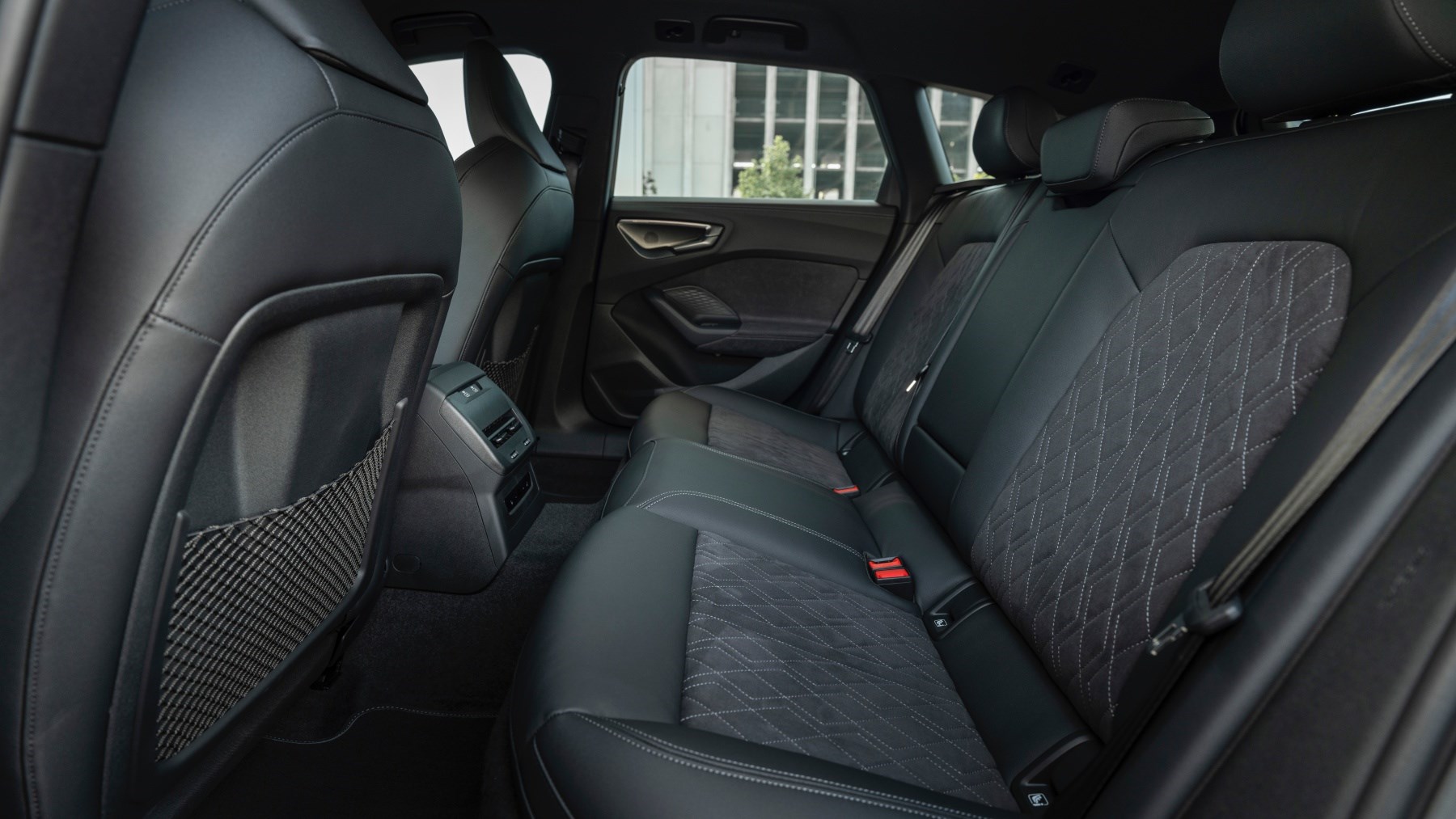
Perhaps the most significant disappointments concern perceived quality and usability. It simply doesn’t feel as plush as the old A4, and the move to replace physical buttons with touch-sensitive pads and infotainment menus will likely be viewed as a mid-20s misstep in the years to come.
Making Your Choice: Trims & Key Features
Even the base Technik trim comes well-equipped with features such as four-zone climate control, adaptive cruise control, 18-inch alloy wheels, LED head and tail lights, four-way adjustable lumbar support, and cloth seats. The Sport trim primarily focuses on aesthetics, adding a few silver exterior accents, fancier front and rear lights, plus main beam assist.
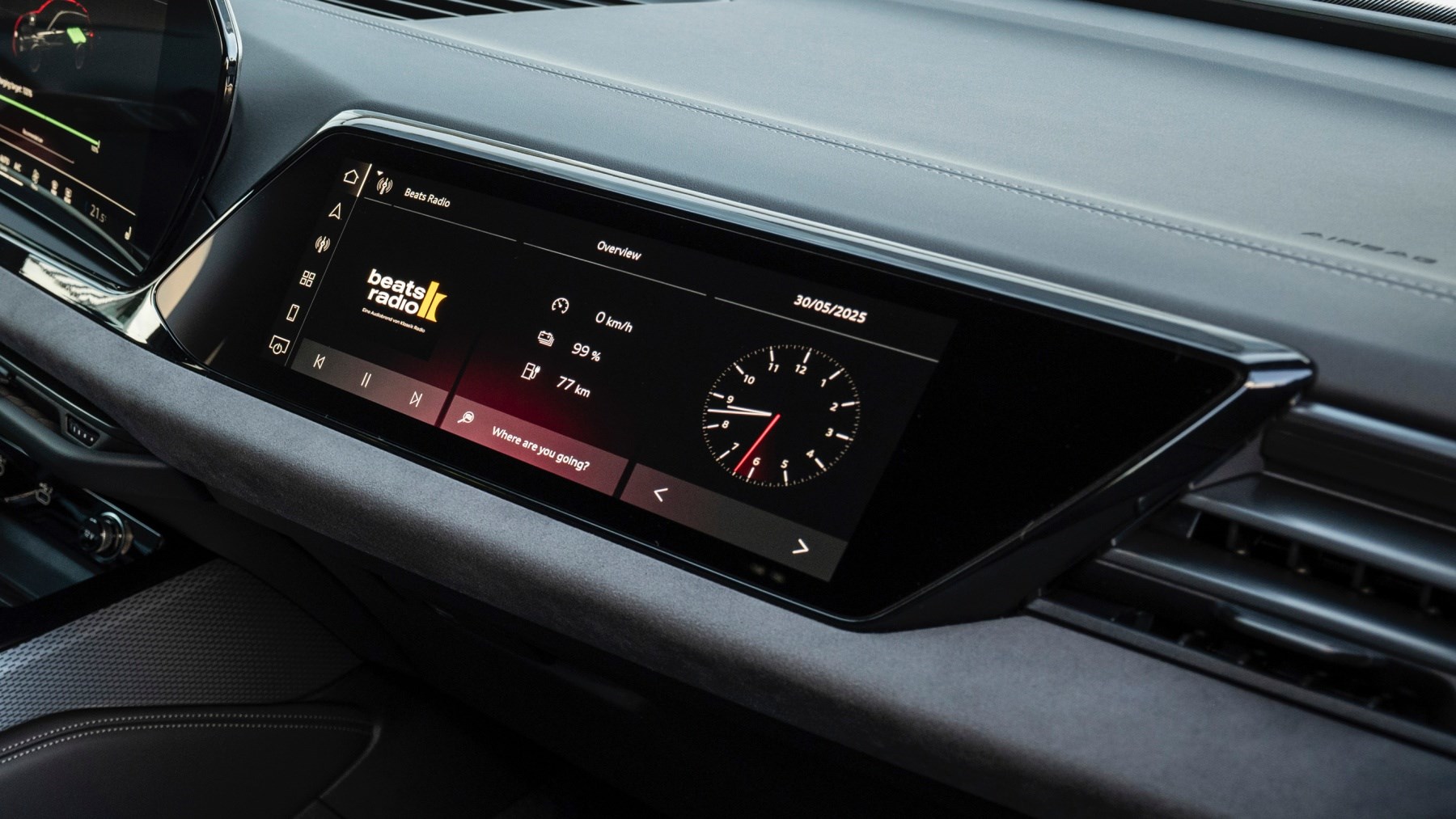
The consistently popular S Line trim provides sports suspension lowered by 20mm, 19-inch wheels, privacy glass, a squared-off three-spoke steering wheel, a plusher interior, leather seats with an embossed S Line logo, ambient lighting, and, of course, more aggressive exterior styling. Let’s be honest, this is likely the one you’ll desire, assuming the ride quality proves acceptable in the UK. The top-spec Edition 1 commands nearly £10k more than the base Technik but offers a comprehensive array of equipment. It includes 20-inch wheels, a black styling pack, the passenger’s touchscreen, a top-view camera, adaptive LED headlights, and part-microfiber seats with electric adjustment upfront.
The Verdict: Is the A5 e-Hybrid a Smart Bet?
First impressions suggest the Audi A5 e-hybrid is a worthy adversary to the BMW 330e, provided you’re willing to sacrifice a bit of boot space. It smoothly transitions between electric and petrol power, delivering impressive performance and a satisfying drive. Let’s hope the non-adaptive suspension – particularly the lower, stiffer setup found on S Line and Edition 1 models – that UK cars will receive handles our crumbling road network gracefully. If it does, it will be an ideal candidate for company car drivers.

